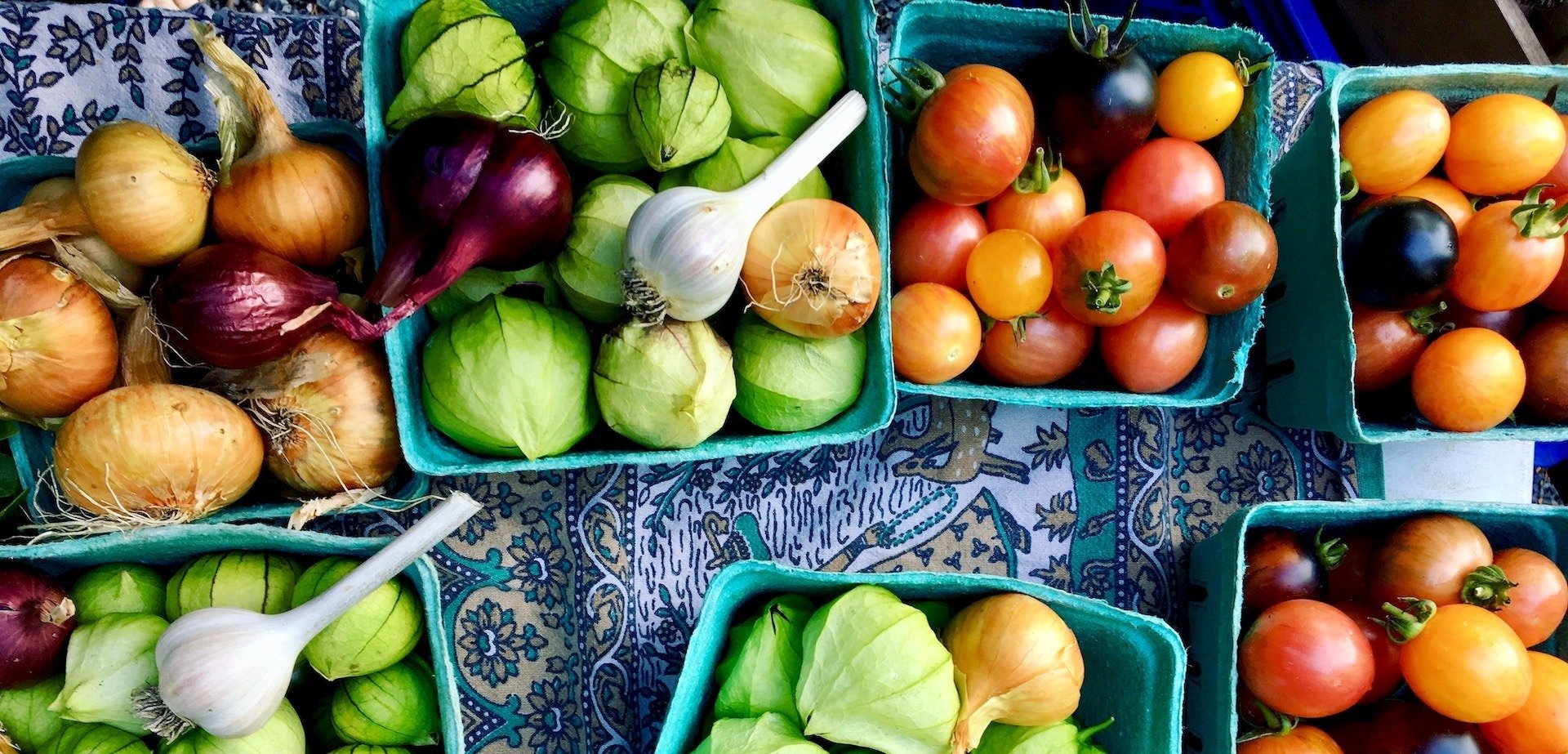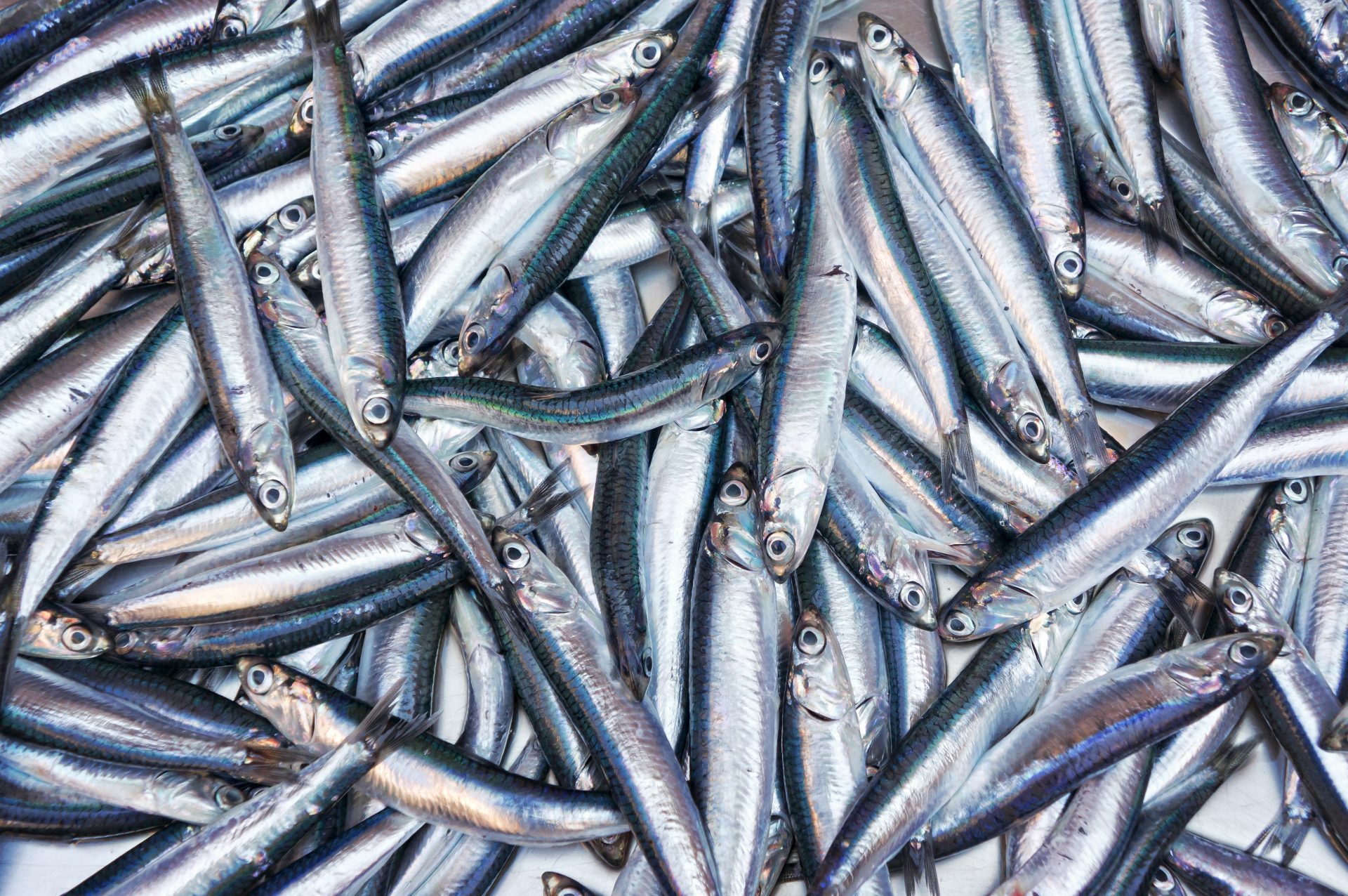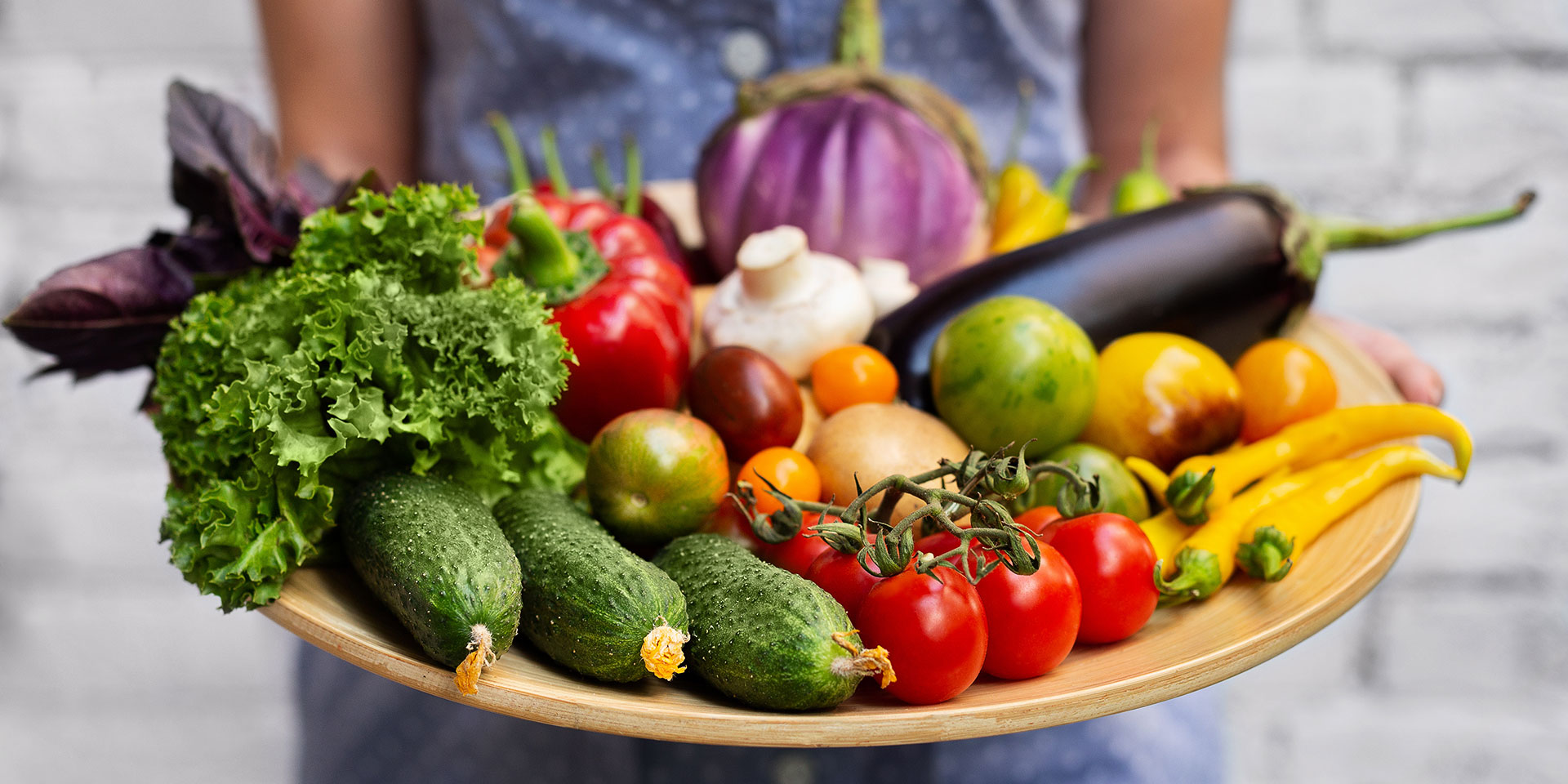Two New Books Explore Individual Action and the Impact of a Climate Change Diet
Every few months the debate about whether individual action can impact climate change picks up steam. Headlines like “Lifestyle Changes Aren’t Enough to Save the Planet. Here’s What Could” and “Individuals Can’t Solve the Climate Crisis. Governments Need to Step Up” have run in Time magazine and The Guardian, respectively. Critics argue that individual consumption changes don’t add up, in part because 70 percent of the world’s greenhouse gas emissions since 1988 can be attributed to 100 companies, more than half traced to just 25 companies.
It’s true that sweeping changes in food, infrastructure and environmental policy are vital to pressure these companies and governments to implement green solutions. But at FoodPrint we know the power of individual action is also clear. As we teach readers about the many interwoven pieces of the food system, we offer steps, both small and large, that consumers can take to lower their foodprints and reduce their impact on animals, food and farmworkers, and the environment.
And research proves the strength of individual actions. A 2017 study found that swapping beef for beans in the American diet (with no other changes to diet or infrastructure) would free up 42 percent of US cropland and help achieve roughly 50 percent greenhouse gas reductions needed to meet Paris Agreement targets. (Although President Trump pulled out of the climate accords, the math on reducing emissions through diet still stands.) Additionally, according to World Research Institute research, if heavy beef eaters cut their consumption by about half, 5.5 billion tons of greenhouse gas emissions could be avoided each year.
While it’s unfair to put the burden of climate change solely on the individual, dismissing the value of personal behavior change detracts from the political action needed. “When we take personal responsibility for our actions, we deepen our commitment to environmental sustainability,” writes Jason Mark, Sierra Magazine’s editor, in his discourse on the essential nature of personal change. “Living in accord with one’s political vision is a way of laying the foundations for the world we want to see—to engage in a kind of “prefigurative politics” that makes the future into the now.”
Two new books join FoodPrint and this side of the conversation, arguing that personal action, no matter how small, is vital to reducing global greenhouse gases. “According to one estimate, unless dietary patterns change, diets higher in meats, refined sugars, fats, and oils, could contribute to an 80 percent increase in agricultural greenhouse gas emissions and global land clearing by 2050,” writes Jessica Fanzo, professor of global food policy and ethics at John Hopkins University and author of the new book “Can Fixing Dinner Fix the Planet?”
With suggestions for behavior change both big and small, her book, along with Paul Greenberg’s “The Climate Diet,” act as a lesson in current climate issues and a foundation for climate diet changes we can make to live in a more just and green future.
Stop Eating Bananas (Or Other Non-Local Foods)
In her book’s introduction, Fanzo challenges readers to think about the bananas in their local grocery store. Unless the shopper is living in a tropical region where bananas are grown, those bunches have traveled a great distance along the food chain: they’ve been picked, washed and packaged on plantations; traveled on cargo ships to trading ports; held in temperature-controlled warehouses; and then trucked to retail outlets for sale, where they’re handled by store associates before landing on kitchen counters.
“Your decision to put that bunch of bananas—or beef or sugar or palm oil products—in your shopping cart has a butterfly effect,” Fanzo writes, imploring readers to think about the environmental, public health and social justice impacts of their dietary choices. “It may seem like a trivial decision but it impacts the global food system, the people that shape and rely on it, and the environment that supports it.”
Eating a local, climate diet can help reduce your foodprint and reduce the environmental and potential labor issues involved in growing and transporting monocropped foods. But Greenberg urges readers of “The Climate Diet,” to keep a thoughtful approach when shopping locally. The demand for everything available at all times has led some small farmers to use intensive practices to grow items that don’t naturally prosper in their area, says Greenberg. Rather than purchase salad greens grown in a greenhouse during winter months, Greenberg suggests choosing something regionally and seasonally appropriate, such as cabbage in the Northeast. (Our Seasonal Food Guide can help you find what’s in season at any time.) “Be thoughtful and strategic when you drive to the farmers’ market as well,” he writes. “Emissions-wise, a 20-mile round trip to buy a single head of broccoli is notably wasteful.”
Eat Less, But Better, Meat
Greenberg starts his book, subtitled “50 Simple Ways to Trim Your Carbon Footprint”, with the number one tip: “Ease up on meat and cheese.” It’s not a surprising suggestion; industrial animal agriculture is incredibly taxing, using large amounts of water and other resources; emitting high levels of carbon and causing significant toxic runoff, among other problems.
Despite the negative impacts of its production, global consumer demand for meat has more than doubled since the 1960s, according to Fanzo, with the wealthiest areas consuming the most. In Australia, Europe, and North America the average meat consumption is between 100 and 115 kilograms per year, while in India, whose population eats a diet primarily made up of milk, eggs, and vegetables, consumption is only 4 kilograms. Fanzo argues that choosing to eat meat is both an ethical decision — choosing an inefficiently produced foodstuff when people around the world lack access to it and other foods that could be produced more efficiently — as well an environmental and health decision.
According to Greenberg, an impactful climate diet begins with eating less meat. Beef production can result in more than 27 kilograms of carbon dioxide per kilogram of meat, he writes and switching to an entirely plant-based diet cuts at least a ton of carbon dioxide per year from your carbon footprint. Worried you won’t get enough protein? Don’t be. “In spite of what fad diets might tell you, the [Department of Agriculture] recommends only about 90 grams per day for men and 60 grams for women—less than one McDonald’s small hamburger,” Greenberg writes. “And unlike carbohydrates or fats, excess protein can’t be stored in the body—we literally piss it away.”
Swapping out the industrially produced protein you are eating for sustainably produced meats and animal products is another great way to reduce your foodprint. “If current best sustainability practices were used for all livestock production, livestock greenhouse gas emissions could be decreased between 14 and 41 percent,” writes Fanzo, adding that the environmental footprint of livestock production can also be cut by focusing on animal source foods other than beef and using mixed crop-livestock agriculture systems. “Cattle can also be raised with increased feed conversion efficiency. Ranchers in the United Kingdom, for example, have moved toward more efficient cattle breeds and pasture systems to decrease the number of animals but maintain production, resulting in a 28 percent reduction in methane emissions over that period.”
Get tips for eating less meat, but better meat on FoodPrint.
Eat Smaller
On the path to reducing your meat consumption, the biggest factor is beef. Once you’ve cut back on the burgers, “choose the kinds of protein you do eat with emissions in mind,” suggests Greenberg. Smaller animals, such as poultry are more efficient to produce. Chicken production emits less than seven kilograms of carbon dioxide per kilogram of meat, compared to the 27 kilograms of carbon dioxide per kilogram of beef. “If every beef-eating American switched to chicken,” Greenberg writes, “the United States would cut its carbon emissions by over 200 million tons.”
As you select your protein, keep in mind that lentils only produce 0.9 kilograms of carbon dioxide per kilogram. But there is an even more efficient choice, says Greenberg: mussels! Farmed bivalves, including oysters, clams and mussels, are very carbon-light because they require no feed (they eat wild algae) and they filter water as they grow. With only 0.6 kilograms of carbon dioxide produced per kilogram of mussels, these bivalves have a much smaller carbon footprint than even lentils!
Overall, when it comes to meat or seafood consumption, a smart climate diet means eating smaller on the food chain. Large fish like salmon, tuna and cod are caught with feul-intensive methods (such as trawling and long-line fishing) and need to eat a substantial amount of food to survive, while small fish, such as mackerel, sardines and anchovies, require much less food and are generally caught using less fuel-intensive methods (like purse seine). Similarly, smaller animals, such as chickens and rabbits, are more efficient to produce than larger animals like cows and pigs.
Learn more about eating meat sustainably and sustainable seafood on FoodPrint.
Eat A Wider Variety of Foods
The food we eat, and the industrialized agricultural system that produces it, has a direct impact on climate change and is also affected by climate change. A key problem is the limited number of foods we eat; with a focus on maximizing production, large-scale farming has become reliant on monocropping, which has led to pollution, depletion of land and water resources, and the extinction of animals when their food sources disappeared as plant biodiversity decreased. The Food and Agriculture Organization of the United Nations estimates that 75 percent of the food on earth currently comes from only 12 plants and animals that we raise on a wide scale. This lack of biodiversity creates an incredible risk from both a nutritional and climate perspective, “compromis[ing] both nutritional (for humans) and environmental (for planet Earth) health,” writes Fanzo.
What can you do to support a more biodiverse food system and eat a more robust climate diet? Choose lower-impact organic foods and support farms that grow a diverse mix of crops by shopping at the farmers’ market or subscribing to a community-supported agriculture program. Our Seasonal Eating Challenge can also help you introduce new foods and produce varieties into your diet. Beyond that, you can donate to organizations like seed banks and other community-based initiatives that preserve biodiversity, especially those benefiting Indigenous communities.
Top photo by FollowTheFlow/Adobe Stock.
More Reading
4 Tips for Stretching Your Food Dollars
April 16, 2025
How to use extra onions
April 9, 2025
Our latest podcast episode on pistachios: The making of a food trend
April 1, 2025
This vegan tiramisu will bring you joy
March 11, 2025
For lessons in thrifty, climate-friendly cooking, look to vintage cookbooks
March 10, 2025
Americans love olive oil. Why doesn't the U.S. produce more of it?
February 28, 2025
How to fight household food waste? Join our Eat Down Your Pantry Challenge!
February 13, 2025
During a period of egg chaos, egg replacements for (almost) any situation
February 7, 2025
Ways to go meatless — or less-meat — in January
January 15, 2025
Why worker welfare is critical to truly “sustainable” wine production
January 10, 2025





